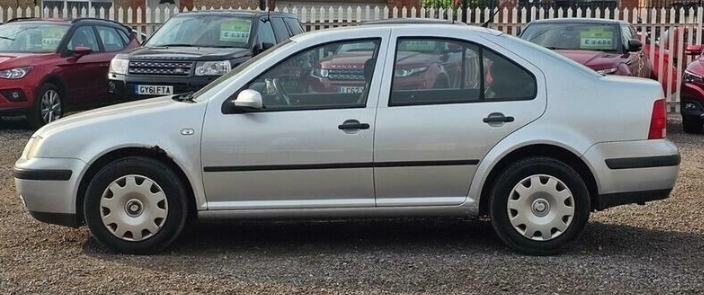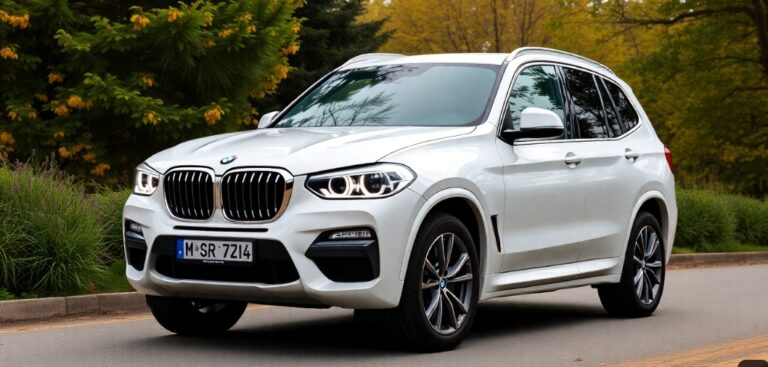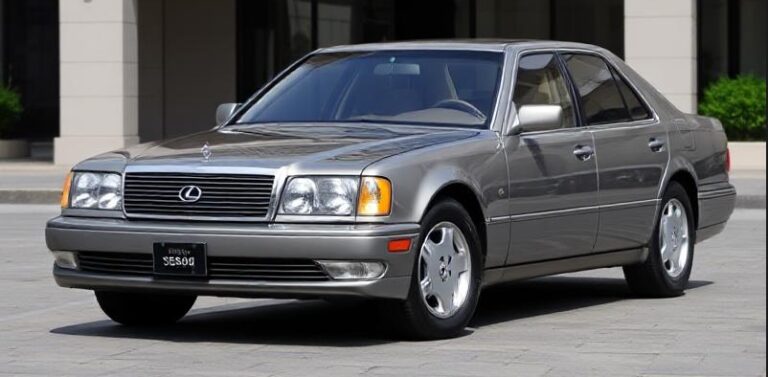The Evolution of the Mitsubishi Carisma
The Mitsubishi Carisma, known in some markets as the Mitsubishi Lancer or Colt in certain regions, is a compact car that marked Mitsubishi’s foray into the highly competitive European small car segment during the late 1990s and early 2000s. Launched to rival popular models such as the Ford Fiesta, Vauxhall Corsa, and Opel Astra, the Carisma’s development reflected Mitsubishi’s strategic effort to establish a foothold in the European market with a practical, affordable, and reliable vehicle.
This article traces the full evolution of the Mitsubishi Carisma—its production timeline, model variants, trim levels, and key features—providing a detailed overview of its lifecycle from inception to discontinuation.
Development and Launch (1995–1999)
Origins and Development
The Mitsubishi Carisma was developed as a joint venture between Mitsubishi Motors and Peugeot Citroën, under the “Project 377” initiative, with the aim of producing a cost-effective, European-focused compact car. Unlike Mitsubishi’s traditional focus on performance and durability, the Carisma was designed with an emphasis on comfort, practicality, and affordability for the European market.
Market Introduction
The Carisma was officially launched in 1995 in the United Kingdom and other European markets. Its platform was based on the PSA Group’s (Peugeot/Citroën) Platform 2, which also underpinned models like the Peugeot 306 and Citroën ZX, allowing Mitsubishi to leverage shared engineering and reduce costs.
Design and Features
The Carisma featured a conservative yet modern design, with a rounded front grille, large headlights, and a spacious interior. It was offered as a five-door hatchback initially, with later additions of saloon and estate variants. The vehicle was praised for its ride comfort, spaciousness, and value for money.
First Generation (1995–2004)
The first-generation Mitsubishi Carisma was in production from 1995 to 2004, although its primary market presence was concentrated within the initial years.
Model Years and Versions
- Pre-facelift (1995–2000): The initial models included several trim levels tailored to different markets, generally offering a range of petrol and diesel engines.
- Facelift (2000–2004): The Carisma received a mid-cycle refresh that included cosmetic updates, interior improvements, and engine upgrades.
Engine Options
- Petrol Engines:
- 1.4L SOHC (75–90 PS)
- 1.6L SOHC (90–110 PS)
- 1.8L SOHC (120 PS)
- 2.0L DOHC (140–150 PS, available in some markets)
- Diesel Engines:
- 1.9L Turbo Diesel (75–115 PS)
Trim Levels and Specifications
Throughout its first generation, the Carisma was offered in various trims, which varied by country:
- Base (GLX, GL): Entry-level models with minimal features, manual windows, basic interior.
- GLX / GLS: Slightly upgraded trims with features such as power windows, better audio systems, and alloy wheels.
- Elegance / Elegance Plus: Higher trims featuring air conditioning, upgraded interior trims, and sometimes, electric mirrors.
- Sport / GT: Performance-oriented versions with sportier styling, larger wheels, and sometimes, more powerful engines.
In some markets, special editions and limited runs were released, celebrating milestones or offering unique styling cues.
Notable Features
- Transmission Options: Primarily 5-speed manual transmissions, with some markets offering 4-speed automatic variants.
- Safety: Dual airbags became increasingly common in higher trims over time, along with ABS in later models.
- Comfort & Convenience: Power steering, central locking, and upgraded audio systems were available on higher trims.
Second Generation and Discontinuation (2004–2006)
Although the first-generation Carisma continued to be sold until around 2004-2006 in some markets, Mitsubishi introduced a new model in 2004 called the Mitsubishi Colt, which eventually replaced the Carisma in many regions.
End of Production
Production of the Carisma officially ceased around 2006, primarily due to Mitsubishi’s strategic shift toward newer models and declining sales in the compact segment. The Carisma’s legacy persisted through its reputation for reliability and practicality.
Key Features and Technological Evolution
Over its production span, the Mitsubishi Carisma saw several technological and feature upgrades:
- Safety: Introduction of anti-lock braking systems (ABS), improved crash safety ratings, and driver airbags.
- Engines: Gradual introduction of more fuel-efficient engines, including diesel variants with turbocharging.
- Interior: Upgrades in cabin quality, with higher trims offering better materials, climate control, and improved audio systems.
- Chassis and Suspension: Enhanced for better ride comfort and handling, especially in the facelifted models.
.
You’ve got that cool car, but is it resting in its own cool place?
It’s visually pleasing for the surrounding areas outside of your home to look as awesome as what’s stored inside your garage! If you desire a truly inspirational environment, you should check into these plans!

.
Notable Variants and Special Editions
Throughout its lifecycle, the Mitsubishi Carisma saw several special editions and variants tailored to specific markets:
- Mitsubishi Carisma Van: A commercial version aimed at small business users.
- Sport Editions: Featuring sportier styling cues, larger alloy wheels, and sometimes, performance tuning.
- Limited Editions: Such as the “Ralliart” versions or special trim packages with unique badges and features.
Global and Regional Variations
While primarily a European model, the Carisma was also sold in select markets including South Africa, South America, and parts of Asia, often with slight modifications to suit local preferences and regulations.
In some regions, the model was badged differently, such as the Mitsubishi Lancer or Colt, depending on branding strategies.
Legacy and Succession
The Mitsubishi Carisma’s production run ended around 2006, making way for newer models like the Mitsubishi Colt, which inherited some of its compact and practical design philosophies. Although it did not achieve the same legendary status as some other Mitsubishi models, the Carisma remains appreciated by enthusiasts for its simplicity, durability, and role as a dependable family car during its era.
Summary
- Production Years: 1995–2006 (approximate)
- First Generation: 1995–2004
- Models & Trim Levels: Ranged from basic GLX to higher-end Elegance, Sport, and special editions
- Engine Options: 1.4L to 2.0L petrol, 1.9L diesel
- Key Features: Safety upgrades, interior improvements, and technological enhancements over time
- Discontinuation: Around 2006, succeeded by newer Mitsubishi models
In conclusion, the Mitsubishi Carisma was a significant model for Mitsubishi in the European compact segment, exemplifying practical design and reliability. Its evolution over a decade reflects the manufacturer’s efforts to adapt to changing market demands, technological advancements, and consumer preferences, cementing its place in the history of early 2000s small family cars.







